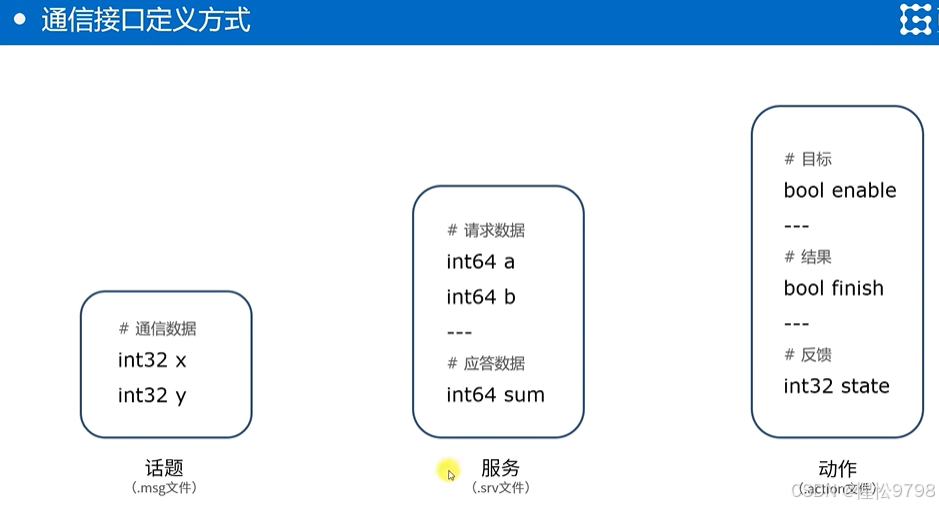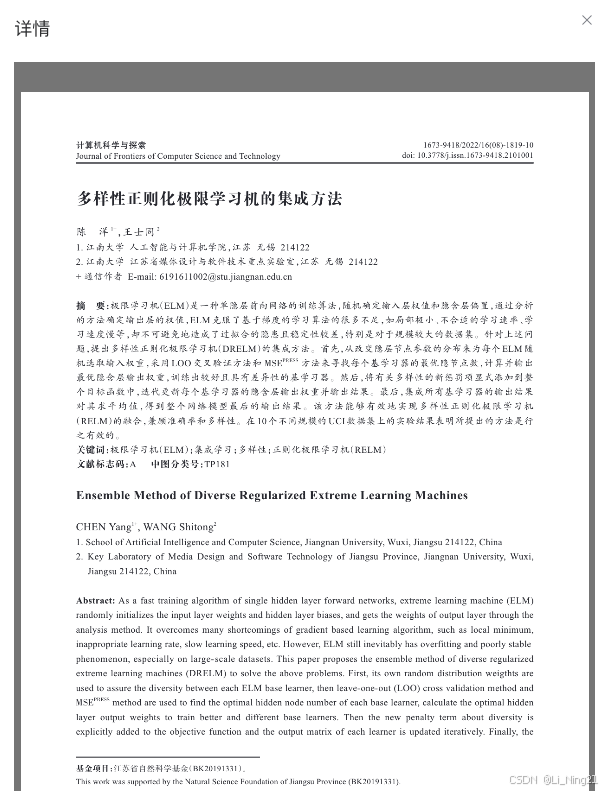文章目录
- 前言
- 一、deepseek R1模型与chatGPT o1系列模型对比
- 二、本地部署步骤
- 1.安装ollama
- 2部署DeepSeek R1模型
- 删除已存在模型,以7b模型为例
- 三、DeepSeek API接口调用
- Cline配置
前言
随着最近人工智能 DeepSeek 的爆火,越来越多的技术大佬们开始关注如何在本地部署 DeepSeek,利用其强大的功能,甚至在没有互联网连接的情况下也能进行高效的使用。事实上,DeepSeek 的技术实力已经不亚于 OpenAI 的 GPT 系列,因此许多人对其部署和应用产生了浓厚的兴趣。
在这篇文章中,我将一步步带你完成本地 DeepSeek 部署的整个过程,确保你能够顺利地将其应用于你的工作或个人项目中。除此之外,我还会指导如何通过API接口的调用,把deepseek应用到vscode中,成为你的编程助手。

一、deepseek R1模型与chatGPT o1系列模型对比
deepseek R1模型与chatGPT 4o:

deepseek R1模型与chatGPT o1:

总体而言,DeepSeek R1在性能和成本方面具有优势,适合对成本敏感的应用;而ChatGPT o1在可靠性和安全性方面更为出色,适合对隐私和安全有高要求的场景。
二、本地部署步骤
1.安装ollama
我们需要先安装ollama,安装地址ollama,我们直接点击下载,并不需要魔法,官网打开十分流畅

选择对应的版本进行下载,这里我的是Windows

下载完成后双击exe文件进行安装,直接点击这里的install进行软件的安装,等待几分钟即可

要判断 Ollama 是否安装成功,可以按照以下步骤进行:
1.打开命令提示符:按下 Win + R 键,输入 cmd 并按回车,这将打开命令提示符窗口。
2.检查安装版本:在命令行中输入以下命令:
ollama -v
按下回车后,如果系统显示出 Ollama 的版本号,说明安装成功。
如果出现版本号,表示 Ollama 已经正确安装并可以使用。如果没有显示版本号或出现错误信息,说明安装可能失败,需要重新检查安装过程。

2部署DeepSeek R1模型
接下来我们进行部署DeepSeek R1模型的操作,我们依旧打开ollama的官网,可以看见左上角有一个Models的选项,我们点击下

选择deepseek-r1,这里的话有很多模型,我们可以根据自己电脑的显卡配置进行选择相应的版本,以下是模型与配置的建议

这里我选择7b模型

选择好之后复制

回到命令提示符模式,首先按下 Win + R 键,输入 cmd 并按回车,打开命令行窗口。然后,将之前复制的命令粘贴到命令行中,并按下回车。
接下来,等待片刻让下载开始。需要注意的是,下载过程可能会稍微慢一些,我自己等待了一段时间才完成下载。通常情况下,文件会默认下载到 C 盘,因此如果你没有更改下载路径,可以在 C 盘找到相关文件。
如果你发现下载速度很慢,可以按 Ctrl + C 中断当前的下载命令,然后重新输入相同的命令再次启动下载。值得注意的是,重新开始下载时,系统通常会从上次下载的进度继续进行,因此你不需要从头开始下载。在我重新尝试下载后,下载速度明显提高了一些。

出现了一个success就是下载好了,那么我们就可以直接进行对话了,如果想退出对话输入/bye来退出
查看已经安装的模型我们可以输入指令
ollama list

删除已存在模型,以7b模型为例
用指令
ollama list
查看已存在的模型,复制要删除的模型名称

再输入指令
ollama rm deepseek-r1:7b
即可
三、DeepSeek API接口调用
点击DeepSeek官网右上角API开放平台,完成登录后,默认会获得10元。接着,进入左侧栏的API keys。创建API key,即可拿到DeepSeek的APIKey了。

Cline配置
Cline是一个编程助手插件,旨在提升开发者的编码效率。它可以在VSCode中提供代码自动补全、智能提示、错误检测等功能。通过与DeepSeek API的结合,Cline可以实现更加强大的AI辅助功能,帮助开发者更快速地进行开发。
具体操作流程如下:
-
安装Cline插件:
- 打开VSCode,点击左侧菜单,搜索并选择安装名为“Cline”的插件。插件安装后,它会出现在左侧菜单中。

- 打开VSCode,点击左侧菜单,搜索并选择安装名为“Cline”的插件。插件安装后,它会出现在左侧菜单中。
-
配置DeepSeek API:
- 选择已经安装好的Cline插件,配置API接入源为DeepSeek。
- 输入DeepSeek的API Key,完成后点击【Done】。
-
完成配置:
- 完成API的配置后,Cline插件就与DeepSeek关联成功。此时,你可以在插件的输入框上方看到一些配置选项。

- 完成API的配置后,Cline插件就与DeepSeek关联成功。此时,你可以在插件的输入框上方看到一些配置选项。
-
启用编码助手:
- 在Cline配置完成后,选择【全选】功能,勾选启用自动补全和智能提示等功能,帮助你更高效地编写代码。



















